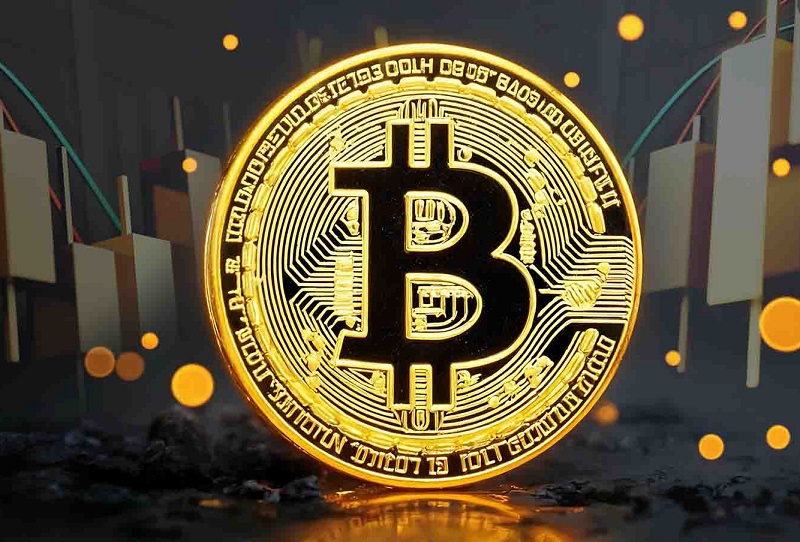Over the past few years, NFTs have captured our imaginations digital art, music, collectibles, even virtual real estate. Most of those are built on chains like Ethereum or Solana. But now, Bitcoin NFTs are gaining ground. Yes, you read that right: NFTs tied in some way to Bitcoin. And one of the platforms making waves in this space is Horizon Market.
In this article, we’ll cover:
-
What Bitcoin NFTs are and how they differ from more familiar NFTs
-
How Horizon Market works and what it offers
-
The advantages and challenges of collecting or creating Bitcoin NFTs
-
Practical tips if you want to get involved
-
Why this might be more than just a trend
Let’s dig in.
What Are Bitcoin NFTs?
When people hear “NFT,” they often think of Ethereum’s ERC-721 tokens or Solana’s equivalents. Bitcoin NFTs, however, refer to non-fungible tokens or digital collectible assets that are anchored to or use protocols on top of Bitcoin (or associated with its ecosystem). Because Bitcoin’s original protocol did not include native smart contracts in the way Ethereum does, these NFTs usually rely on additional layers (like Counterparty), side-chains, inscriptions, or other methods for associating data with Bitcoin blockchain activity.
Key features:
-
They’re unique (non-fungible), meaning each is distinct in ownership, metadata, or artwork.
-
Ownership/authenticity is tied, directly or indirectly, to the Bitcoin ecosystem.
-
Many Bitcoin NFTs come from legacy token ecosystems like Counterparty, or newer projects that use inscriptions or metadata anchored to Bitcoin.
Why Bitcoin NFTs Are Gaining Interest
What’s compelling about Bitcoin NFTs (via Horizon Market and others)? Here are a few reasons people are drawn to them:
1. Heritage & Legacy
Bitcoin is among the oldest blockchains with widespread recognition. Some of the collections on Horizon Market have been around in some form for many years via Counterparty. This gives them a sense of history—something that newer blockchains don’t always have.
2. Security & Decentralization
Bitcoin’s network is one of the most secure and decentralized in the crypto world. When an NFT is tied to or anchored into this ecosystem, there’s an added layer of trust. For some collectors, that trust matters more than flashy animations or high gas speeds.
3. Diverse Collections & Culture
Horizon Market isn’t just about one style of NFT. Rare Pepes, Spell of Genesis, Bitcorn—these are varied styles, often driven by communities and memes. The cultural value is high, especially in digital art and memetic content.
4. Potential for Long-Term Value
Because many of these assets are legacy tokens or early digital collectibles, early adopters and collectors may see value in rarity, provenance, and historical significance.
Challenges and Considerations
Of course, no new frontier is without its hurdles. If you’re thinking of getting into Bitcoin NFTs on Horizon Market, here are some of the main things to be aware of:
A. Usability & User Experience
Platforms like Horizon tend to be less polished than some of the more modern NFT marketplaces. Because many assets are older (using older standards), the tools for filtering, metadata richness, previews, or artist royalties may be less extensive.
B. Cost & Transaction Times
Because Bitcoin can have block delays and fluctuating transaction fees (depending on network congestion), buying or sending assets can sometimes be more costly or slower than doing similar actions on blockchains designed for speed or lower fees.
C. Metadata & Content Storage
Some of the data or art associated with Bitcoin NFTs (especially older or legacy assets) may be stored off-chain. If that storage is decentralized (e.g. IPFS or similar), that’s great. But if it’s stored on discontinued servers or in centralized places, there’s a risk that content could be lost or inaccessible in future.
D. Provenance & Liquidity
Not all collections are equally popular. Some Rare Pepes or other legacy collections might have few buyers or low trading volume. That can mean less liquidity you might find it hard to resell quickly or at the price you expect.
How to Get Started with Bitcoin NFTs on Horizon Market
If all of this excites you, here’s a practical roadmap to start collecting or creating Bitcoin NFTs using Horizon Market:
-
Set Up a Compatible Bitcoin Wallet
Make sure you have a wallet that can hold BTC and, if needed, support Counterparty or related token-standards. Always back up your private keys. -
Acquire Bitcoin
Since transactions and listings are in BTC, you’ll need some—both to purchase NFTs and to pay transaction fees. -
Browse Horizon Market
— Look through “Hot Listings” and “Recent Listings” to see what’s trending.
— Check floor prices, item previews, and associated collections. -
Study the Collections
Collections like Rare Pepes have history. Do some research: which artist or wallet created a given token? What’s the rarity? How many are in the collection? Look at past sale history if available. -
Buy or Mint
If it’s a legacy token, you might just buy it. If it’s something new or minted, you’ll go through the minting process Horizon supports. -
Secure It & Store Properly
After purchase, ensure you hold your NFT in a wallet that you control. Also keep any metadata files or related links backed up if off-chain. -
Engage with the Community
Forums, Discord, Telegram—many collectors of Bitcoin NFTs are community-oriented. You can learn, find drops, and share experiences.
Final Thoughts
Bitcoin NFTs are carving out a unique niche in the NFT universe. While Ethereum, Solana, and the like will continue to dominate many sectors, there’s something special about the legacy, security, and culture of collecting NFTs anchored in Bitcoin’s ecosystem.

